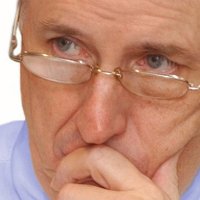
Sometimes a design just goes stale. Over the course of even just a few years, inconsistencies creep in, color use gets out of hand, odd typefaces appear. Stuff happens.
But you can turn that around. You can bring a crisp, clean, compelling look to the tired face of your newspaper.
Here are ten steps to guide you:
- CLEAN UP the nameplate. Look for those elements that have crept in, like Facebook and Twitter logos, your web address, a UPC code. All of those items can go elsewhere.
- GO TO flush left for your text type. Flush left body copy helps open up the look of the page and allows you to insert elements like head-and-shoulders photos without creating poor letter spacing and word spacing adjacent to those elements.
- IMPROVE typography throughout. Make sure you’re using a quality text font. I continue to recommend Nimrod, but there may be others already on your system, like Utopia or Georgia. If you’re still using Times for your text, you can do much better. How about headlines? Are you using a display face that has impact? Is it comfortable? Does it give your newspaper a sense of tradition and credibility? If not, look for something new.
- SEGMENT your stories. With very few exceptions, any long story can be broken into three or four shorter pieces to create a more attractive package. Readers prefer stories of no more than 15 inches. You can do that!
- USE INFOBOXES and by-the-numbers boxes. These are guaranteed “hooks” to get readers into a package. They’re a quick list of facts and interesting information that will draw readers in. Once they go through an infobox, readers will be much more likely to give the entire package a full read.
- CONTROL color use. Get rid of tint blocks behind stories. Throw out color boxes. There are better ways to bring visual interest to a package, like photos, head-and-shoulder shots, infoboxes, charts, maps… Rid your paper of weak colors like pure cyan and magenta.
- MAKE DEADLINE. Deadlines aren’t a design issue? Wrong! If, for example, your writers and editors don’t get the content and visual items to a designer in time, then that designer has to scramble. Yes, I understand that at many newspapers the writer, editor and designer are the same person. Still, even that one person needs to make writing deadline as a writer, editing deadline as an editor — and design deadline as a designer. If you don’t give enough time to the design, you’ll have a page that’s filled…not designed.
- TRAIN staff. Don’t have anyone on your staff who has a rudimentary understanding of the basics of news design? Then the odds are your design just won’t get any better. A writer isn’t a designer, just like a mechanic isn’t an electrician. They’re different skills and they require different ways of thinking. Look for training sessions from your state press association. Perhaps a webinar will help. Check newspaperacademy.com for one.
- CREATE a long-term planning process. Once you’ve been part of long-term planning, you’ll never go back. And your design will improve exponentially. The long-term process allows you to plan months ahead for those events that are a normal part of readers’ lives, like Christmas. Mother’s Day. First day of school. Start thinking and planning for these three months ahead of time. This gives you the time you need to decide how you want to approach a package focused on that event — and enough time to give it a compelling look. Long-term planning is one of the major differences between a newspaper that is assembled…and a newspaper that’s designed.
- CREATE a design style guide. Without a style guide, anyone on staff can feel free to do as he or she likes with the design. There are no rules, no guidelines to keep the design on track. There’s nothing keeping your design from slipping into confusion. Those clients of mine who have kept their design under control have done so because they created — and they stick to — a design style guide.
If your design has gone stale, if it’s not where you’d like it to be, these ten steps are the road to a turnaround.

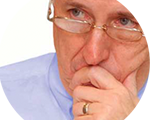

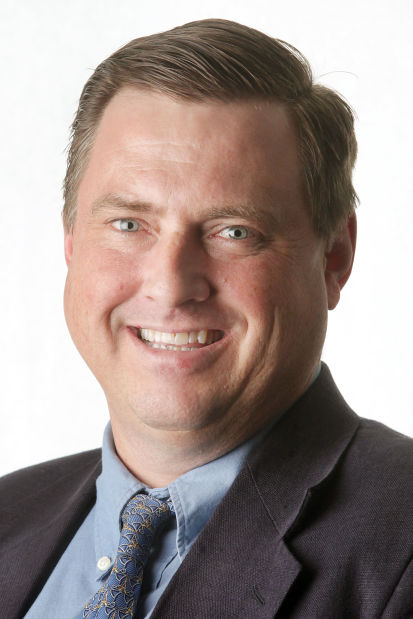


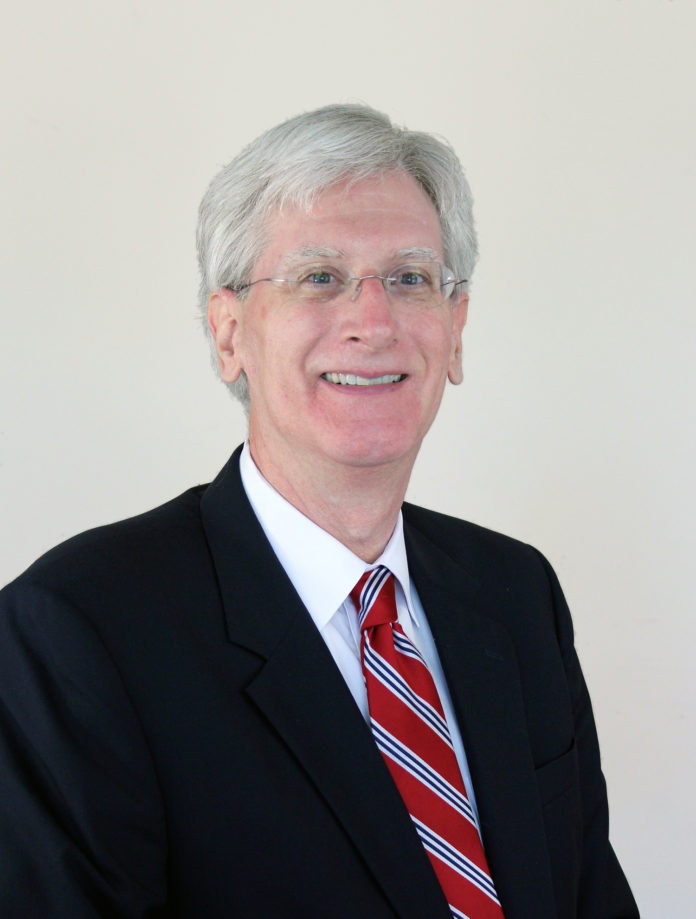
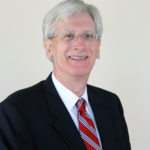
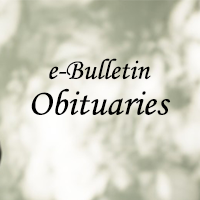

 The legal battle between CNN and the White House over the suspension of Jim Acosta’s press credentials is done, at least for now. But it is likely that the larger war—in which NENPA has lined up with other press advocates to ensure fair and open access to press conferences—will continue.
The legal battle between CNN and the White House over the suspension of Jim Acosta’s press credentials is done, at least for now. But it is likely that the larger war—in which NENPA has lined up with other press advocates to ensure fair and open access to press conferences—will continue.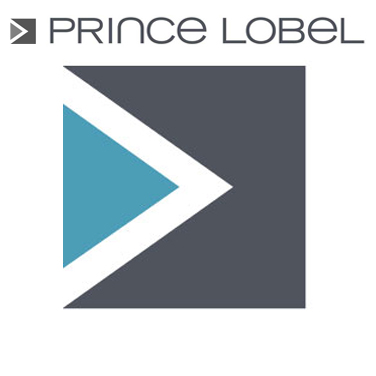
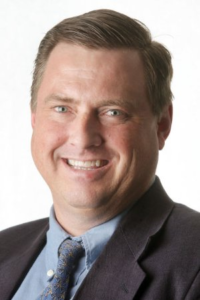
Making the Web, Social Media ‘Better’ Places — with Caution
We’d all like a “better” internet in terms of privacy, politeness, taste and safety. And who would oppose eliminating false or misleading information from social media sites, or preventing online bullying and such?
Last week, some of the world’s most significant, influential and powerful figures around such issues — in the words of The Wall Street Journal, “the giants of the web” — gathered at the 2018 Web Summit in Lisbon, Portugal and in Brussels at an international conference on data privacy and policy.
At the Lisbon meeting, an audience reportedly cheered for a proposed international institute to propose regulations worldwide on social media. United Nations Secretary-General António Guterres warned in a speech that “the weaponization of artificial intelligence is a serious danger” and Microsoft President Brad Smith called for “a digital Geneva Convention” to end state cyberattacks against civilians.
Web inventor Tim Berners-Lee called for private companies, governments and internet users to unite around what he called a “contract for the Web,” a nine-point plan with goals to protect personal privacy, create online methods to counteract harassment and hate speech and for universal access to the web.
In Brussels, Apple CEO Tim Cook advocated for the U.S. to adopt the European Union’s strict data privacy law, enacted in May, allowing consumers to review, edit and delete personal information on the web. Cook warned that technological advances are leading to a “data industrial complex” and that “our own information, from the everyday to the deeply personal, is being weaponized against us with military efficiency.”
So much for the once-hoped for era of “peace, love and harmony” that the World Wide Web was supposed to usher in on behalf of all humanity.
Still, we’ve been here before — and need to keep in mind we’ve overreacted to the threats, real and imagined, posed by new technology before dialing down regulations and codes to a reasonable compromise on free expression, privacy and safety.
Early concerns about privacy noted that the new-fangled telephone could ring into a home at any hour of the day, while proper guests of the day would knock on the door and announce themselves.
Content on radio was relatively unregulated, with government attention directed more to the actual problems with frequencies and interference — until the Communications Act of 1934 gave the Federal Communications Commission power not only to govern the technology but what was said over the airwaves via the so-called “Fairness Doctrine.” Intended to ensure that all voices were heard on public airwaves, the doctrine was abandoned in the 1980s as no longer needed in a world of virtually unlimited cable and satellite channels, but also with the realization that it actually diminished discussion on matters of public interest.
In movies, the “Hays Code” was adopted by Hollywood filmmakers in the early 1930s to head off moves to have Congress set strict standards for what movies could show across a wide range of topics and issues — from comments about the law and drug use to sex and violence. One silly example of the code’s restrictions: Childbirth was considered a “taboo” subject. In the acclaimed film “Gone with the Wind,” as a character was giving birth, actors in the scene could only be shown as shadows on a wall.
The code was on the books for decades but was weakened in the 1940s and 1950s — particularly in 1952 when the U.S. Supreme Court, considering a case involving the movie “The Miracle,” extended First Amendment protections to films.
Likewise in television, the “Television Code” was adopted by the National Association of Broadcasters under threat of a government council to set rules. From 1952 to 1983, the code ruled on everything from how actors dressed to references to religion, sex, family life and more. Famously, the code resulted in married couples shown on TV only using double beds and in 1952, when the star of “I Love Lucy,” Lucille Ball, became pregnant, that word was not permitted — the show was allowed to say only that she was “with child” or “expecting.”
When the sound of a flushing toilet was heard in 1971 in an episode of the groundbreaking sitcom, “All in the Family,” it reflected a growing demand by the public for realism rather than the unrealistic depictions of everyday life that the code had encouraged.
Note that all of those overreactive attempts to regulate came early in the development of those mediums of expression.
The web is barely out of its teenage years, in effect, and social media megaliths such as Facebook and Twitter are even younger. The web’s revolutionizing impact extends from newly accessible public records to instant global communication. And our reliance on social media as a means of reporting news, recording our lives and relaying our views is unlike anything seen in generations, if anything before.
But if history is a guide — and it is — we need to temper calls to “protect” ourselves from that which we do not like or find dangerous, lest we replace such with censored, sanitized and government-regulated messages or content intended to pacify rather than provoke and inform.
There may well be a need to rein in the wild web, to set privacy boundaries and fight real misuse. But we must be certain that the control over what we see, hear, say and access remains as close to our own fingertips as possible — and not handed over to some “National Nanny” claiming to act on our behalf, lest we be confined to a future of shadows on the wall, double beds and a view of life where no one ever uses a toilet.